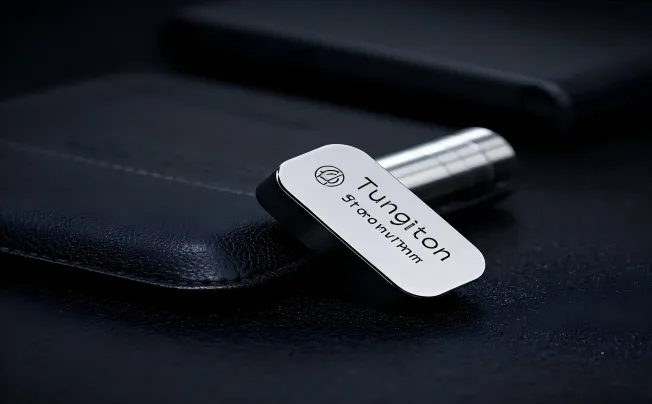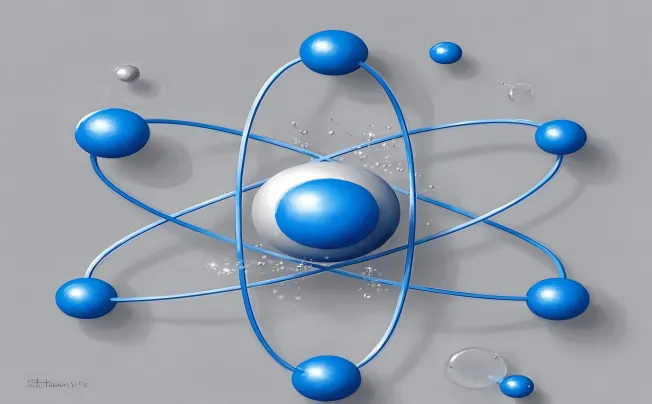Benefits of Using Silicone in Everyday Products
Silicone has acquired extensive popularity as a result of its one-of-a-kind residential or commercial properties that provide a variety of advantages for various applications. Among the primary benefits is its convenience. Silicone can be molded right into a wide range of shapes and kinds, making it appropriate for items such as kitchen area utensils, medical devices, and even digital components.
An additional substantial advantage of silicone is its thermal stability. Silicone materials can endure severe temperature levels, both high and reduced, without losing their residential properties. This makes them ideal for use in cooking and baking devices, in addition to in industrial applications where direct exposure to high heat prevails.
Silicone is additionally known for its versatility and strength. It can be extended, bent, and pressed without damaging or losing its form. This durability expands the lifespan of products made from silicone, making them an economical selection over time. In addition, silicone is highly immune to environmental variables such as UV radiation, ozone, and moisture, which even adds to its longevity.
An additional notable benefit is the non-stick nature of silicone. This property is especially advantageous in cookware, as it prevents food from sticking to surface areas, making cleansing much easier and a lot more efficient. In addition, silicone does not respond to food or beverages, making sure that it does not modify the preference or high quality of the products it comes into call with.
Toughness and Longevity of Silicone Materials
Silicone is renowned for its phenomenal longevity and long life, making it a popular option in a variety of items. Among the primary reasons for its considerable usage is its capability to stand up to severe temperatures, both high and reduced, without shedding its architectural stability or performance. Unlike lots of various other products, silicone continues to be steady and keeps its buildings in atmospheres that would commonly trigger various other products to weaken.
One more vital factor adding to the durability of silicone is its resistance to environmental variables such as UV radiation, ozone, and wetness. These aspects can typically result in the damage of many standard products gradually, yet silicone continues to be largely untouched. This resistance makes certain that silicone-based items keep their functionality and look also after extended direct exposure to severe conditions.
Moreover, silicone displays superb resistance to chemicals and solvents, which further improves its toughness. This makes it a suitable material for applications where it might enter into contact with numerous compounds that can or else trigger damage or deterioration. Its non-reactive nature makes certain that it does not easily rust or break down when exposed to chemicals, contributing to its long life.
Along with its ecological and chemical resistance, silicone is likewise known for its flexibility and resilience. These residential properties permit silicone products to hold up against mechanical stress and contortion without fracturing or damage. This is specifically helpful in applications where flexibility and resilience are important, such as in seals, gaskets, and medical gadgets.
Safety and Security and Non-Toxicity of Silicone
Silicone is renowned for its remarkable security and non-toxicity when utilized in a wide selection of daily products. Among the primary reasons for this is its chemical stability. Unlike numerous other products, silicone does not launch damaging chemicals when exposed to varying temperatures, making it an ideal choice for products that come right into direct contact with food, skin, and other sensitive locations. This is especially noticeable in cookware, baby items, and medical tools.
Moreover, silicone is hypoallergenic and resistant to microbial growth, which substantially reduces the danger of infections and allergies. This particular is crucial in the medical field where clean and sterile problems are critical. For example, silicone is commonly used in clinical implants and tools such as catheters and tubes due to its biocompatibility and reduced toxicity.
Studies have revealed that silicone does not leach harmful substances right into food or drinks, even under high-temperature conditions. This makes silicone an exceptional material for baking molds, spatulas, and various other cooking utensils. In addition, silicone's non-toxic residential properties reach its use in infant products, such as pacifiers and bottle nipples, where making sure the safety of the product is of utmost value.
Cost-Effectiveness of Silicone Compared to Alternatives
When examining the cost-effectiveness of silicone in contrast to other products, it is vital to consider both the initial financial investment and the long-term benefits. Silicone's special residential or commercial properties typically justify its price, specifically in applications where durability and efficiency are crucial.
One of the main elements contributing to silicone's cost-effectiveness is its durability and long life. Silicone products generally have a longer life span than those made from other materials, reducing the regularity of replacement and, as a result, the general price with time. This longevity equates to substantial cost savings, especially in markets where tool upkeep and substitute costs are substantial.
Another aspect to think about is the low upkeep demands of silicone. Unlike some products that weaken or require constant upkeep, silicone's durability to environmental aspects such as UV light, extreme temperatures, and direct chemical exposure decreases upkeep expenses. This function is especially valuable in industrial and medical applications where regular performance is critical.
Furthermore, silicone's flexibility and adaptability can set you back financial savings in manufacturing. Its capability to be built and shaped right into complex kinds with high accuracy frequently reduces production expenses, particularly for custom-made or elaborate layouts. This performance can lower production costs and improve the overall economic stability of silicone products.
Potential Drawbacks and Limitations of Silicone
While silicone offers many benefits, it is necessary to recognize its potential disadvantages and limitations to make informed decisions regarding its usage. One significant problem is the environmental impact connected with the production and disposal of silicone items. Although silicone is extra eco-friendly than several plastics, it is not eco-friendly, and its recycling options are restricted. This can lead to buildup in garbage dumps if not properly handled.
An additional problem is the cost of silicone, which can be more than other materials such as typical plastics or rubbers. This can be a limiting aspect for consumers and manufacturers seeking more economical choices. In addition, the energy-intensive production process of silicone adds to its higher cost and potential ecological influence.
In regards to performance, silicone can occasionally be less durable under particular conditions compared to various other materials. For instance, while silicone is immune to warm, it can weaken under severe temperatures or prolonged exposure to severe chemicals. This deterioration can cause a loss of flexibility and effectiveness gradually, limiting its long-term use in specific applications.
In addition, there is a recurring argument about the potential wellness dangers of using silicone in products that enter straight call with food or the human body. While medical-grade silicone is generally taken into consideration as secure, there is still worry regarding the existence of specific chemicals used in the production process, such as VOCs (volatile organic substances), which might leach into food or skin.








